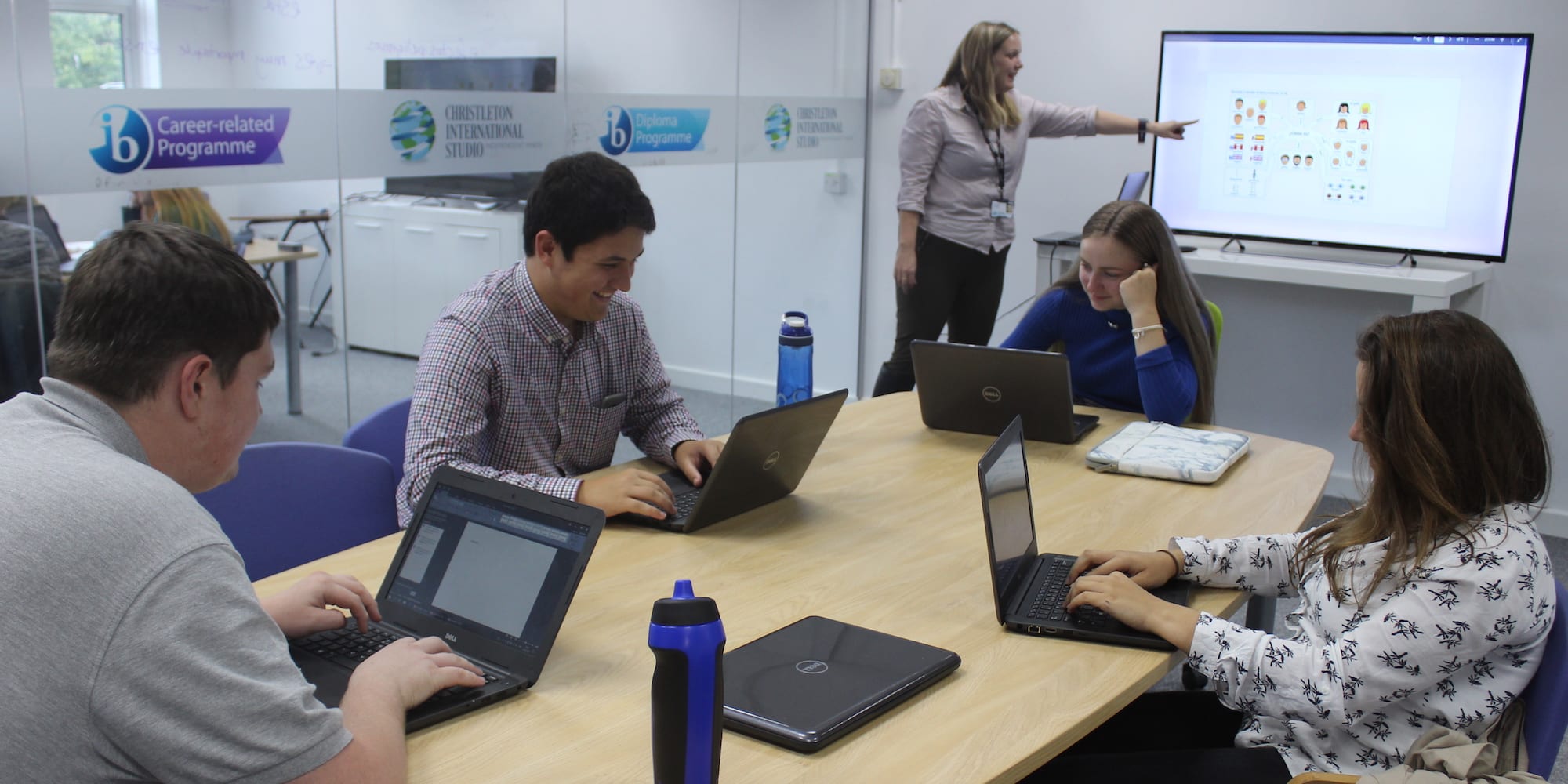
What does lean management look like in our every-day life?
OPINION - If you have ever 5S-ed your daughter’s room or tried to bring one-piece flow to your grocery routine, this article on what lean management looks like in our personal lives is for you.
Words: Joakim Hillberg, Revere AB
I have worked with lean for over two decades in sectors as diverse as television, manufacturing, product development, and healthcare. So maybe it is not surprising that I am often asked if I apply lean in my every-day life, too.
While often dismissed, I believe this is a very relevant question. So, is it possible to apply lean principles in our lives?
Certainly, but I don’t think the solution is a bit of 5S in our office, calendar or garage.
Don’t get me wrong. I have actually added tags in the fridge and 5S-ed the kitchen myself, so that now I can put most of the cutlery and plates in the dishwasher while standing in the same spot. But in the long term I know that this will not be sufficient to really affect my every-day life and make it better.
But there are other important principles in lean that might...
What we are trying to determine is, as ever, how we can get better flow, visualize and solve problems, and finally reach our goals. Needless to say, to succeed we must focus on doing the right things, those that actually add value.
So perhaps a good first question would be, what is value added for me? This will help us to set a direction and start experimenting in the spirit of Kata. For example, among other things I value staying healthy and good food.
I have tried to make it part of my standard to exercise almost daily, decreasing my “set-up time” by finding a number of standard exercises - like yoga, 7-minute high-intensity workout, walking and taking stairs - that can be done almost everywhere and without a lot of equipment.
I’ve also focused on developing my hobby and passion for food by training as a sommelier, eating at good restaurants and even filming and writing about food on wbpstars.com. My fellow writers and I have now grown a Youtube channel with over 7 million views!
Maybe the learning here is to set a clear direction and then take small steps. Do not expect a miracle but be ready to work a lot and for a long time… doesn’t it remind you of kaizen?
I have another standard, to achieve some Kano extra effects when eating out and develop my food knowledge; at restaurants, I do not order what I want on the menu but something I’m slightly unsure about! This is of course the same as in business life: to me lean is continuous learning so I try not only to work in lean projects, but also to always develop new skills. My business partner and I have also built a lean training and seminar business on this over the years.
But then there is the challenge of being able to do the things I want (the value added) in the right time and in the right quality and to not overproduce (just-in-time thinking). A first step would perhaps be to try to create some sort of personal pull system.
We have all experienced our plans not turning out the way we wanted them to or - in the worst case - not having the time to plan to begin with. This means that at times we get stressed, with too much work to do close to deadline and not enough time to do the things we want (anything from cleaning the house to renovations, but also ongoing activities like responding to emails, returning phone calls, and finding the time to pursue skill development).
I actually try to maintain a standard for emails and process them at once and also have a target of keeping the inbox no longer than my screen. Luckily, I have a big screen!
Another interesting method is personal kanban [stay tuned for an interview with its creator, Jim Benson, here on Planet Lean in a few weeks]. It is a powerful way to secure the flow in your personal life (Little’s law states that the lead-time for a flow is directly proportional to the number of items in the flow). The idea behind it is to visualize your work and keep control of the number of things you have started. In lean terms, it means visual controls and limited WIP (work-in-process).
Furthermore, it is important not to let the number of tasks done in parallel expand. Increased multitasking means less efficiency, you just have to accept that.
So, is personal kanban the solution? I am not sure it's all as easy as getting a flipchart, putting up activities and determining how much you have going on simultaneously, finding a way to handle it all and prioritizing your queue. But I do believe in the spirit behind it: start exercising with a method that helps you to park and highlight what needs to be done, and mark what has been done. This way you will hopefully get better at focusing on what you do and to not do too much at one time.
I myself have for the past few years used a smartphone calendar that keeps track of both work and private activities and “to-do lists.” I have also synced it to both my business partner’s calendar, and my wife's. I have also made it available to my children. We also have a visual two-week rolling plan (an extremely simplified version of visual planning for product development) at home, which my youngest daughter updates regularly. The main benefit there is not the visual component of the plan, but the communication that going through it facilitates.
Little things like this will help you to get better flow in your life, but they are no magical solution. They all require discipline.
There are a lot more situations lean can be used for, both at work and in our personal lives. However, the number one recommendation for me is to never lose sight of what value means for us and not to overcomplicate things with a lot of tools and methods. Take inspiration from lean and don’t be afraid to fail, because from failure comes learning.
Think in small steps and don’t let the best be the enemy of good. There is no one right way; it is more a matter of setting the direction, experimenting and learning. Even outside of work.
THE AUTHOR

Read more


FEATURE – Ahead of the annual lean conference of LEI Polska, the authors reflect on a recent survey they ran with their clients on the key business challenges they face.


FEATURE – Philips has embarked in an ambitious development program for lean executives, which is helping the organization make substantial progress in their transformation.


FEATURE – Toyota recently achieved the #1 spot in sales in the United States after 90 years of leadership by GM, which shows how capable the lean management philosophy is to overcome difficult circumstances in the market.


FEATURE – The application of lean management to education is not new, but we all know how hard changing legacy systems is. This greenfield lean school aims higher, trying to rethink learning altogether.

